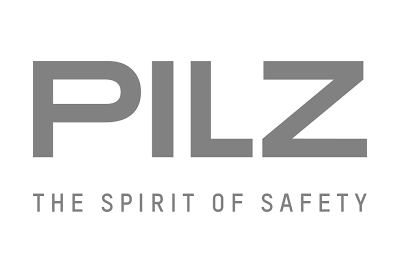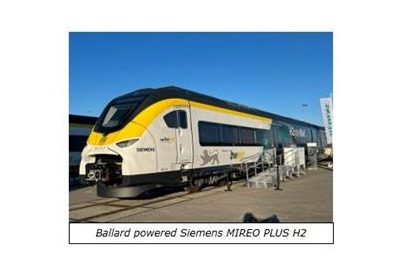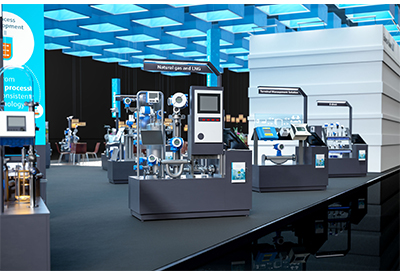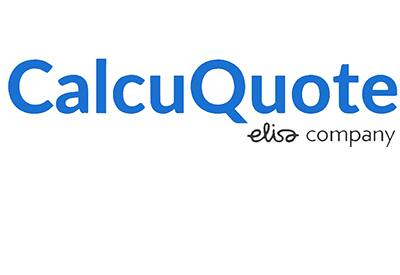By Taking an Operations-Based Approach to Manufacturing Execution Systems, New Isa Book Outlines a Pathway to Improved Plant Floor Productivity, Efficiency
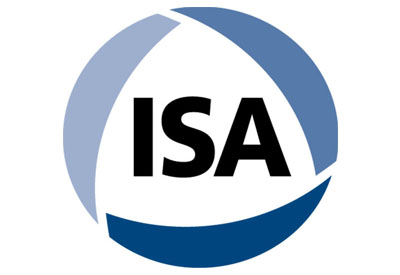
March 3, 2020
By describing the implementation and use of Manufacturing Execution Systems (MES) through an operations-focused approach, a new ISA book aims to help manufacturing engineers improve plant floor efficiency, quality, and productivity.
Manufacturing Execution Systems: An Operations Management Approach by Grant Vokey and Thomas Seubert—two widely recognized, experienced experts in manufacturing operations and processes—explains that because MES are most commonly and inadequately defined through an IT-based, rather than a business operations perspective, their potential to improve manufacturing results has been significantly limited.
“While other books on MES provide a very IT-centric view of MES (database structure, programming, server structure, etc.), our book explains MES from an operations and continuous improvement context and how to tie MES into other corporate planning and improvement initiatives,” says Vokey. “Most IT consultants don’t have the operations knowledge to properly define, explain or configure an MES.”
Vokey explains that MES should be regarded as an application used in the overarching discipline of Manufacturing Operations Management (MOM), a more holistic approach to manufacturing floor operations that includes production management, facilities management (related to production equipment), process improvement and initiatives such as Lean, Six Sigma, and others.
“Operations management is all about cost savings and maximizing profitability,” Vokey points out. “Taking an operations management approach to MES provides stability in process (preventing human error) and removes the ‘noise’ of uncontrolled variation in process that hides problems and prevents continuous improvement. MES also support continuous improvement in almost every department of operations by making the same data available to be interpreted by different departments in operations.”
“Our book clears up a lot of misunderstandings about MES and how it fits in with both enterprise resource planning and product lifecycle management to deliver on the concept of MOM,” Seubert says. “MES has been incorrectly considered as just a ‘system’ and not a set of at times interdependent business processes. This is why some people mistakenly think that the industrial internet of things (IIoT) can replace MES: IIoT is the new technology that enables MES.”
To help manufacturing professionals capitalize on the potential of MES to drive real-time, data-driven performance improvement, the book explains:
- – MES application in regard to operations planning, analysis, and reporting
- – The full scope of an MES implementation and planning and its impact on manufacturing operations
- – IT concepts related to MES and how they apply to manufacturing operations
- – How MES can be applied to IIoT
The book is suited to a broad range of manufacturing-focused professionals, particularly manufacturing and quality engineers (as well as students of these areas), Lean and Six Sigma consultants, operations managers (as well as students of operations management) and senior managers of manufacturing companies that are looking into MES. In addition, it could serve as the basis for separate industry and manufacturing certification relating to MES.


